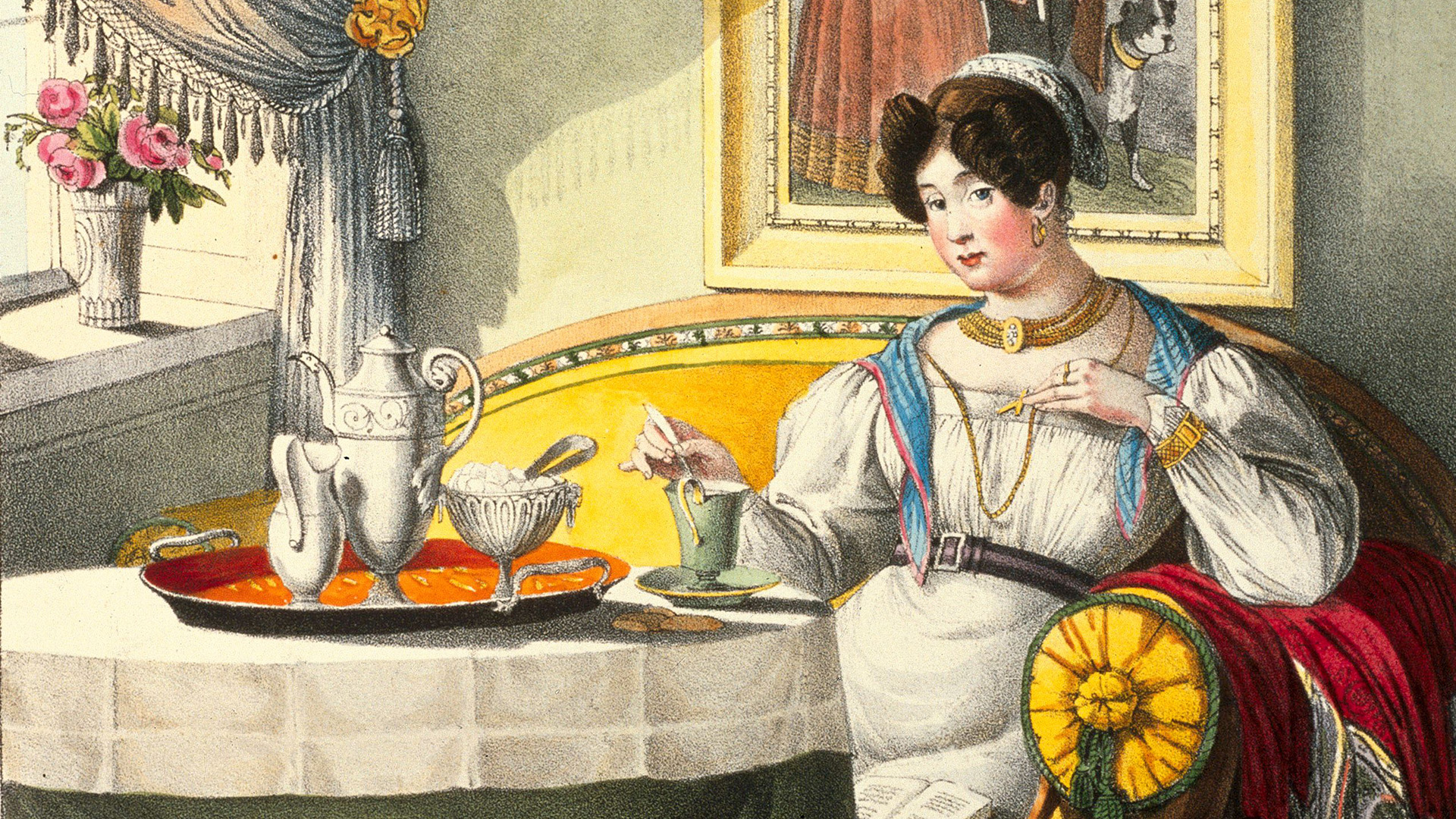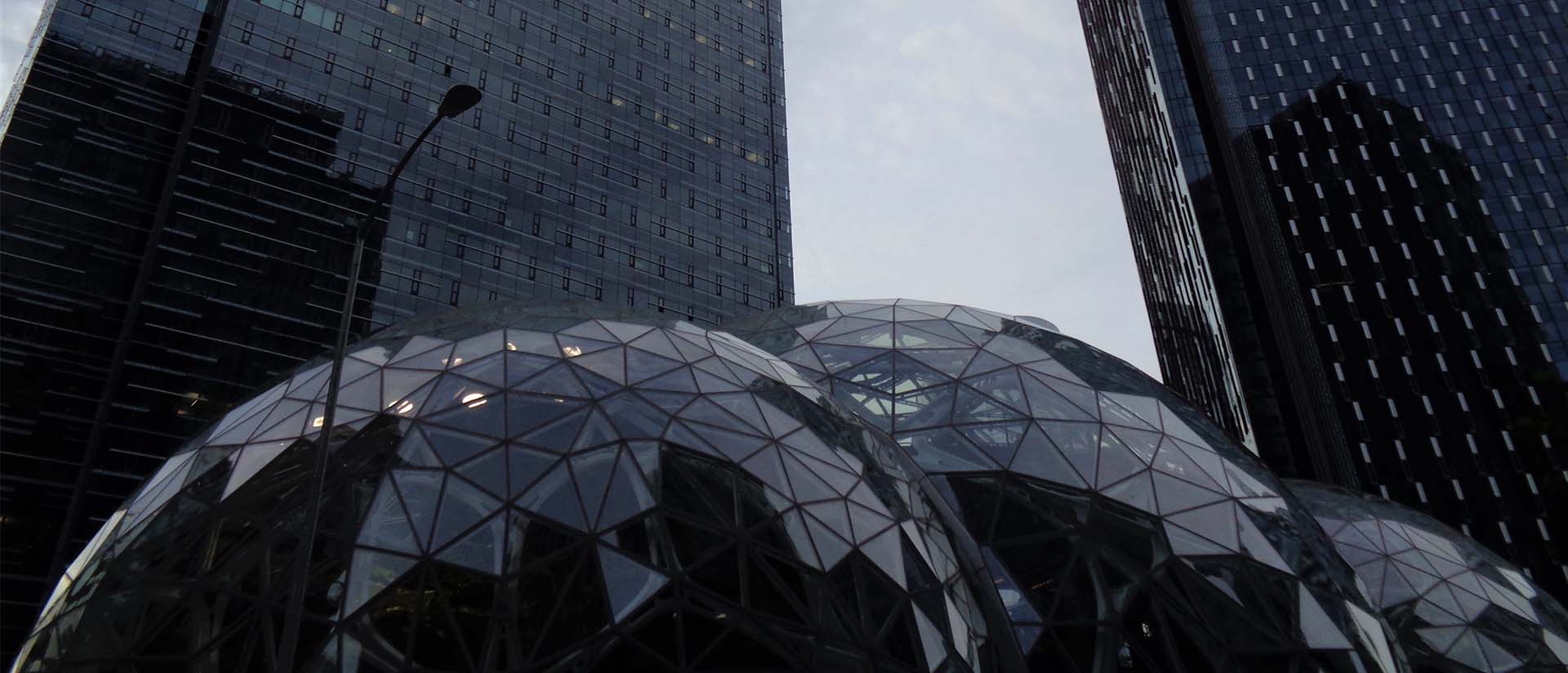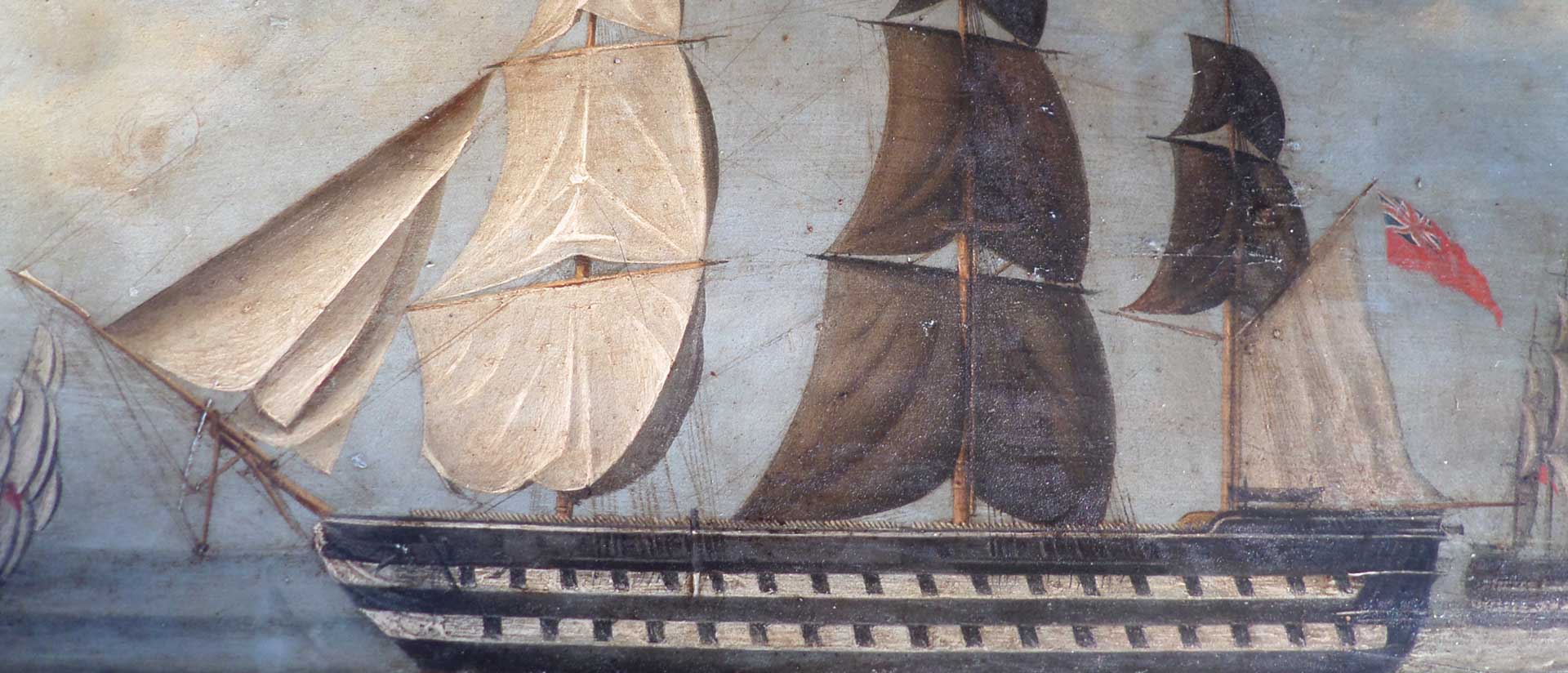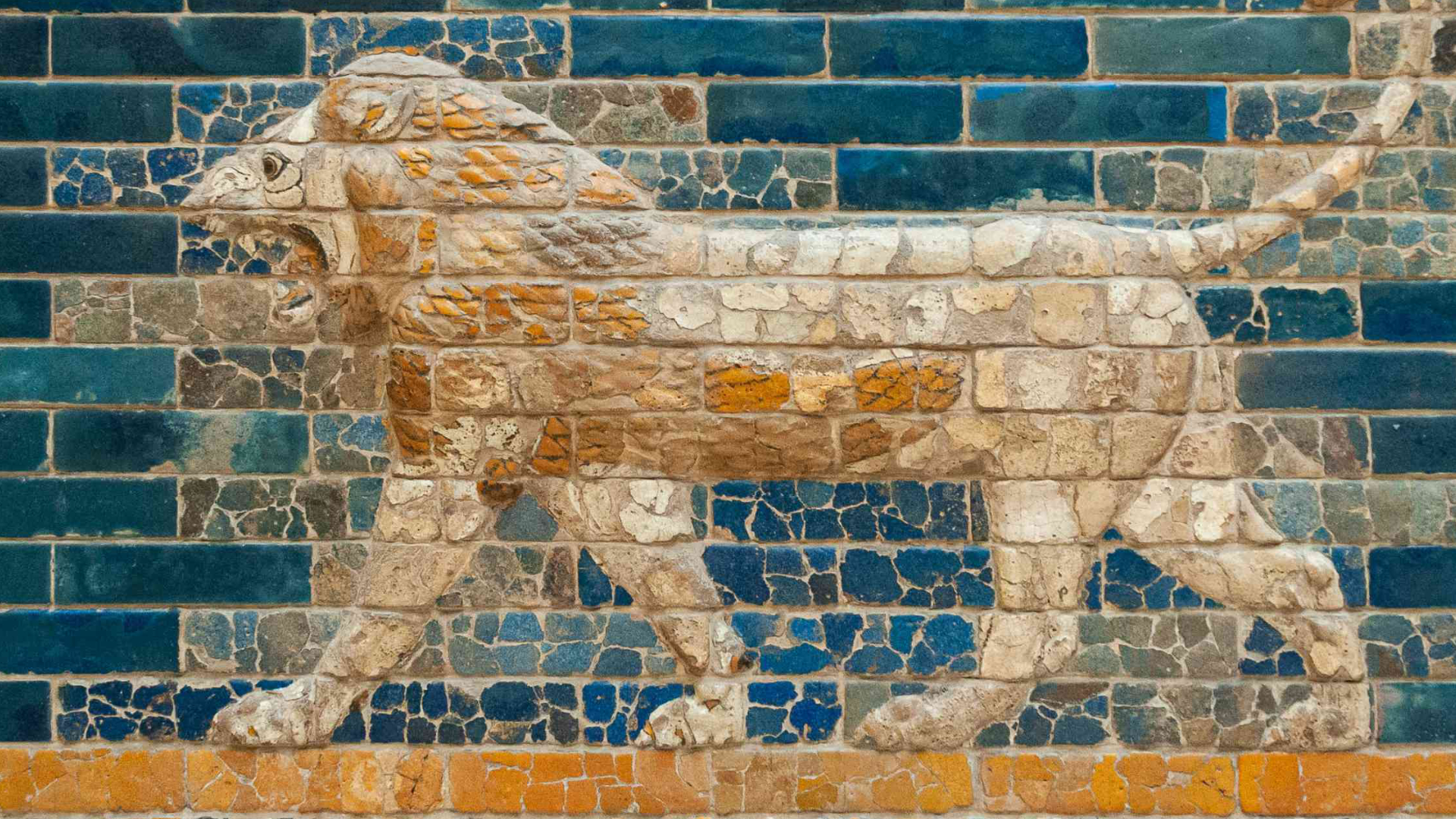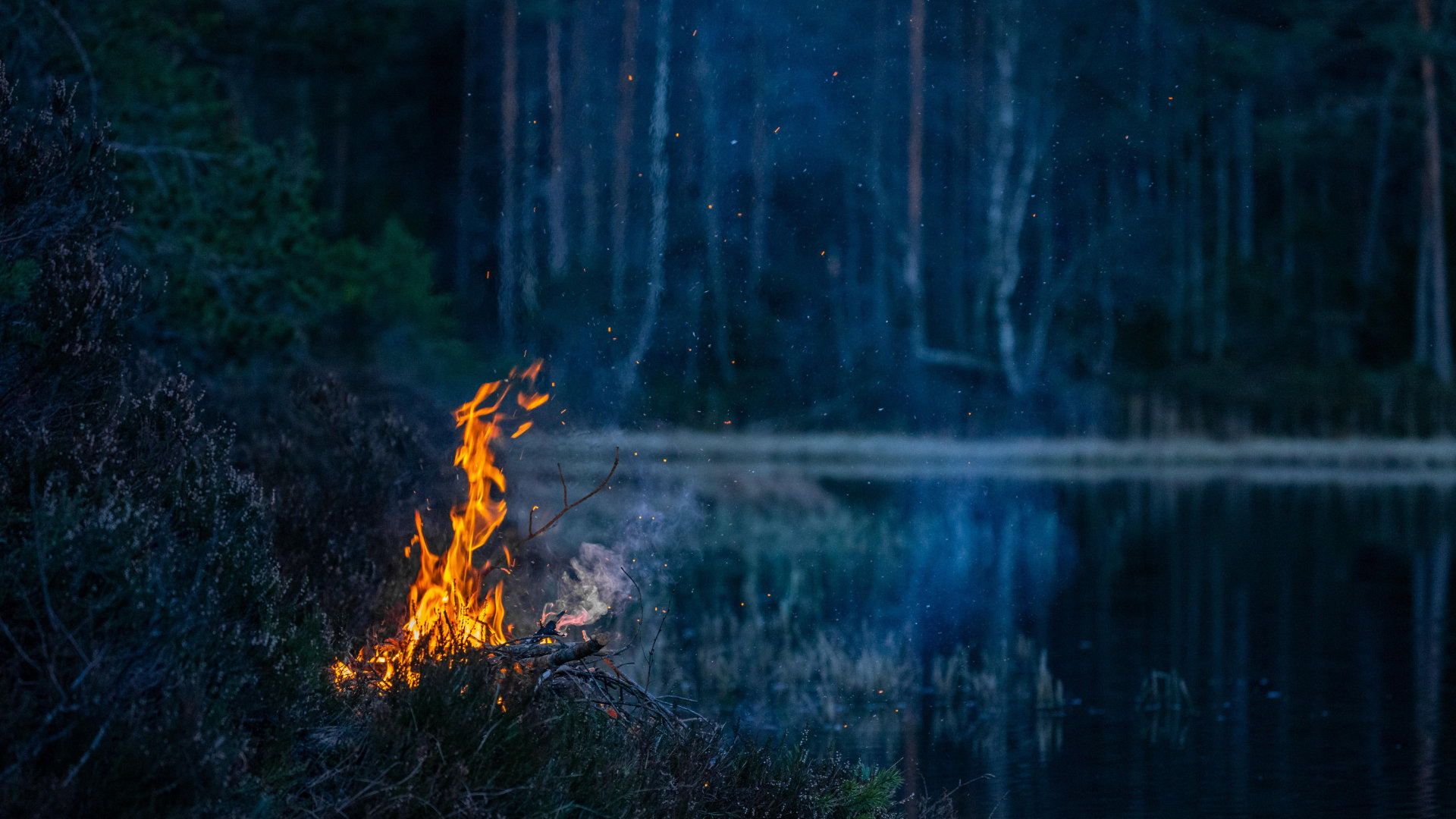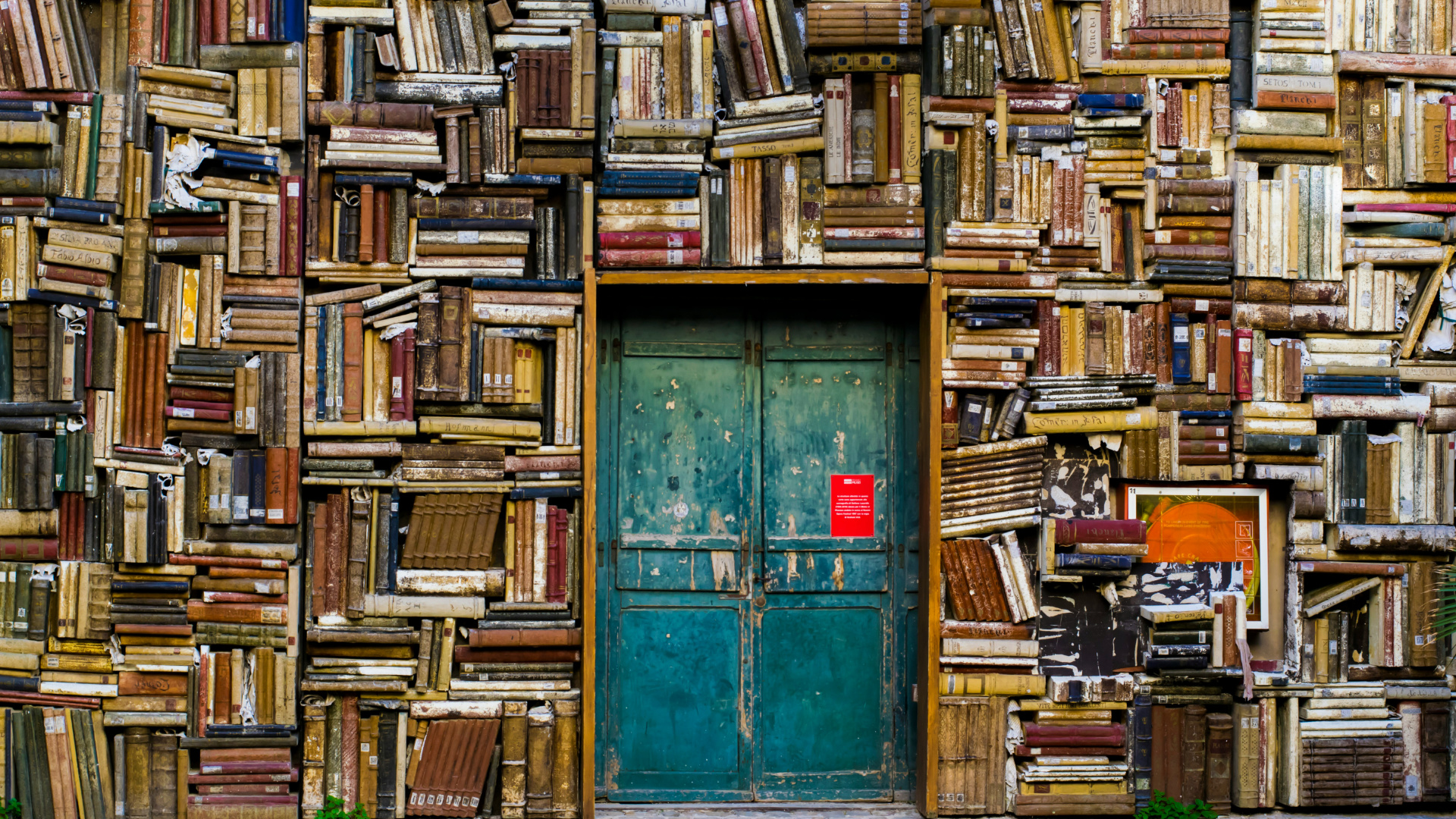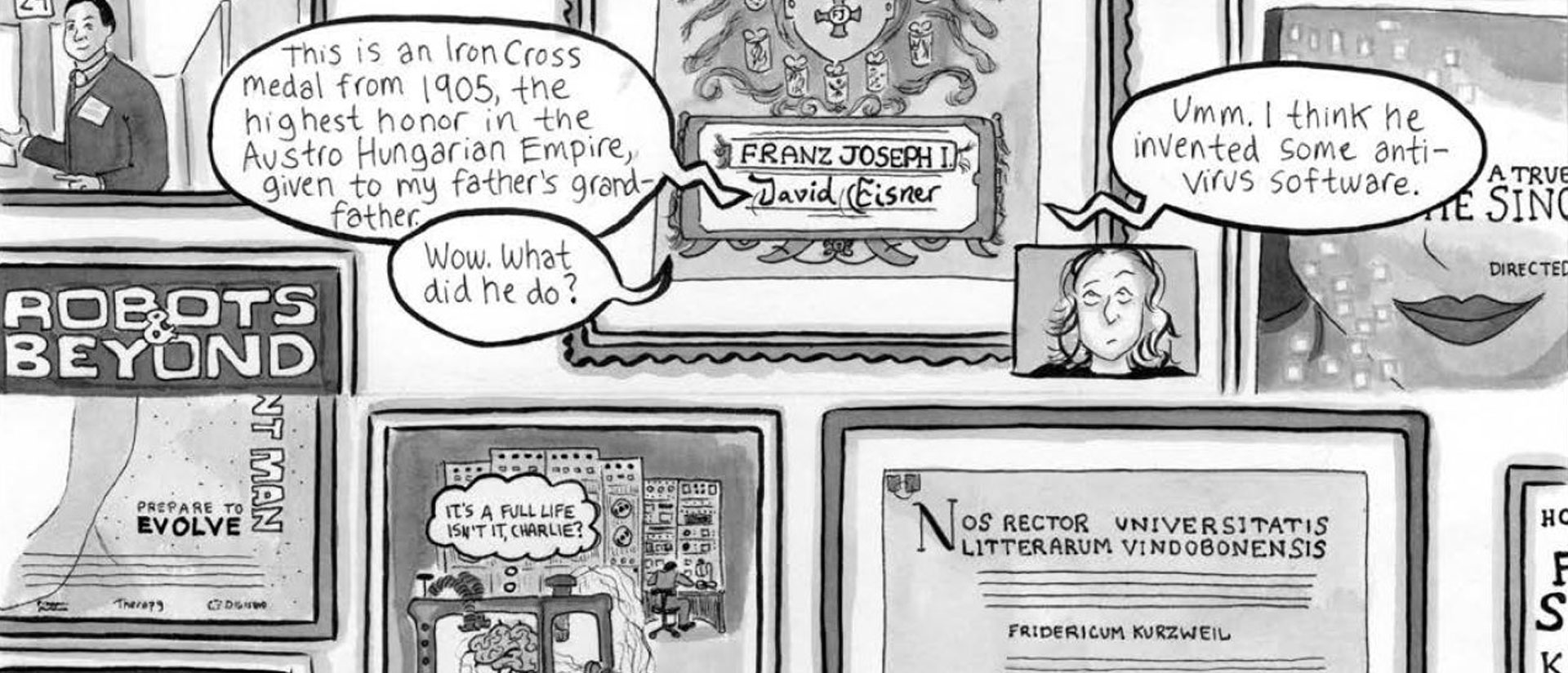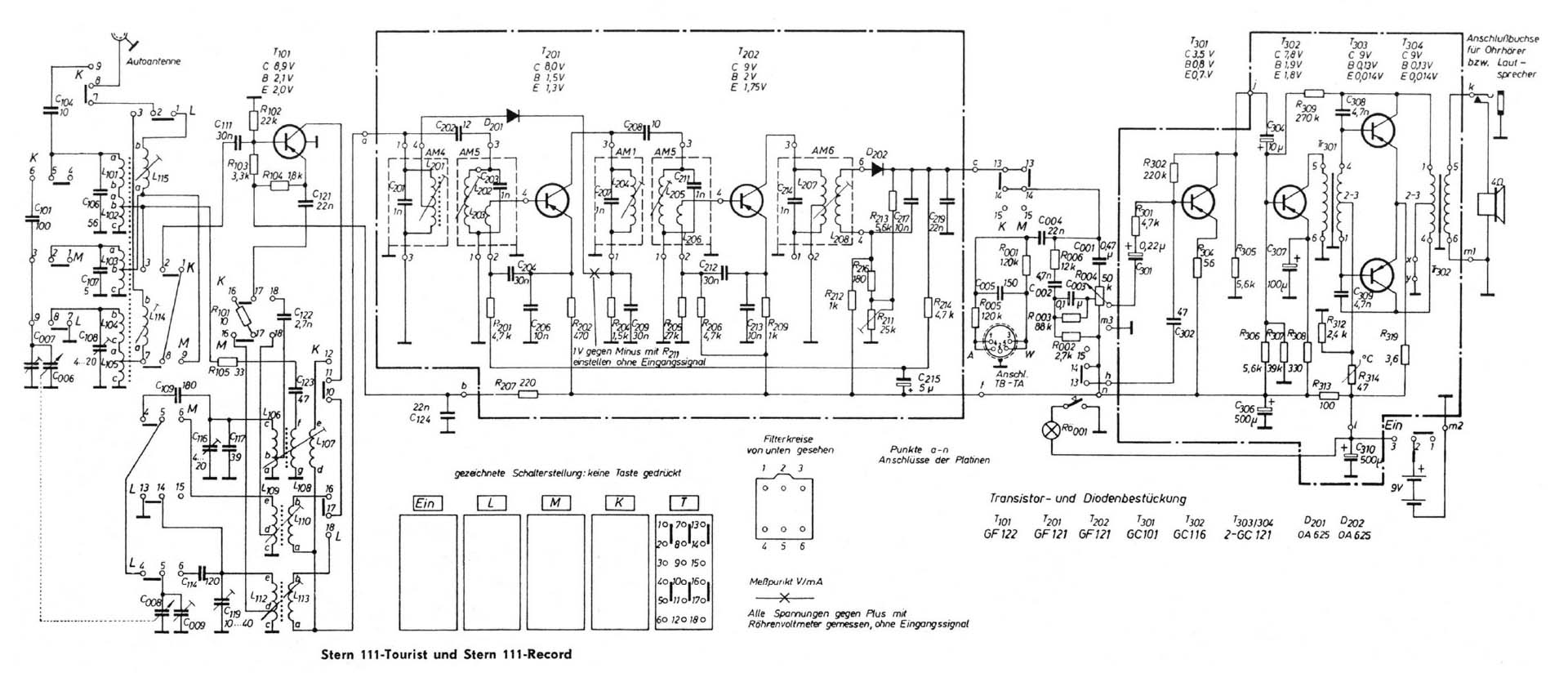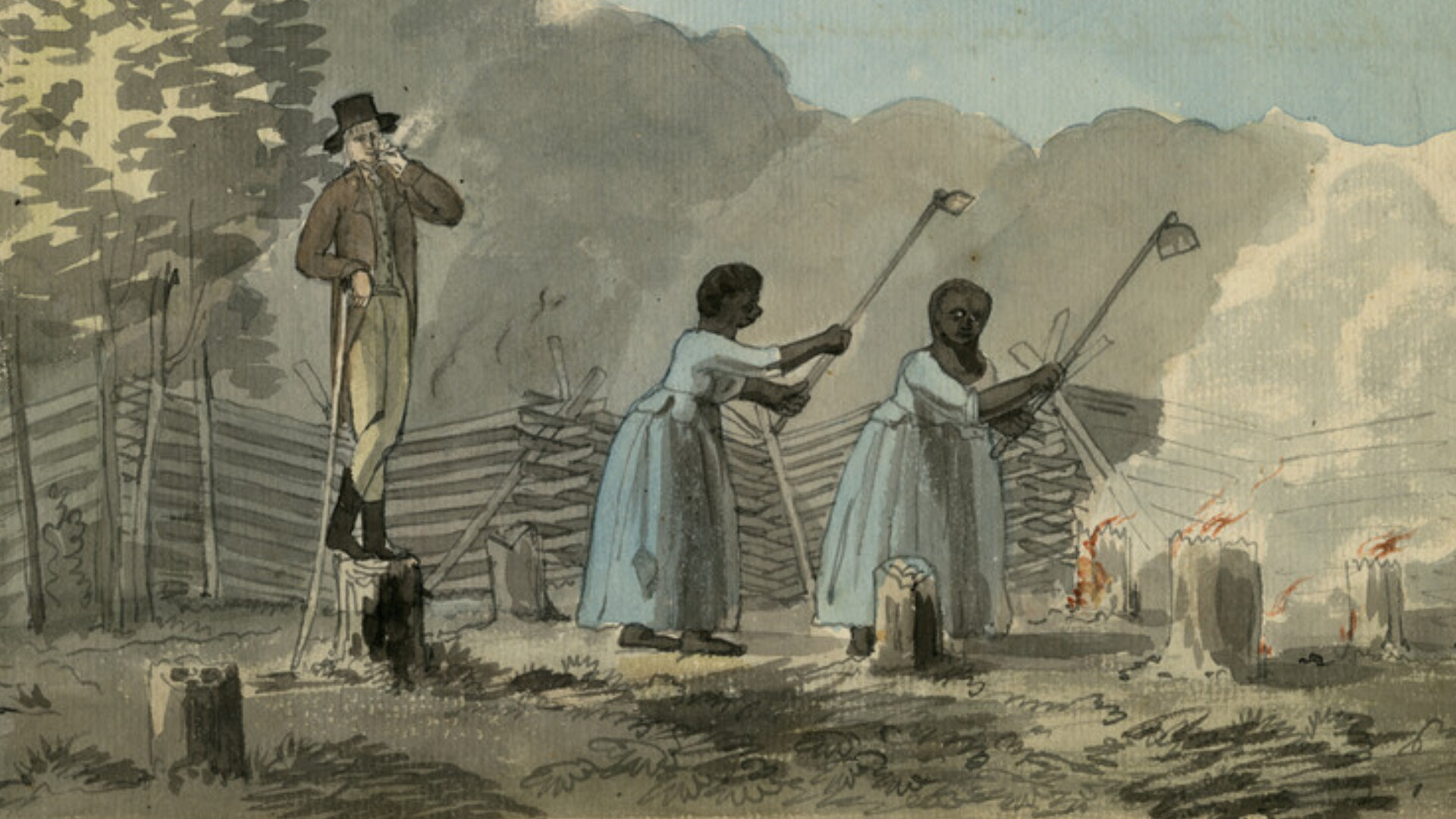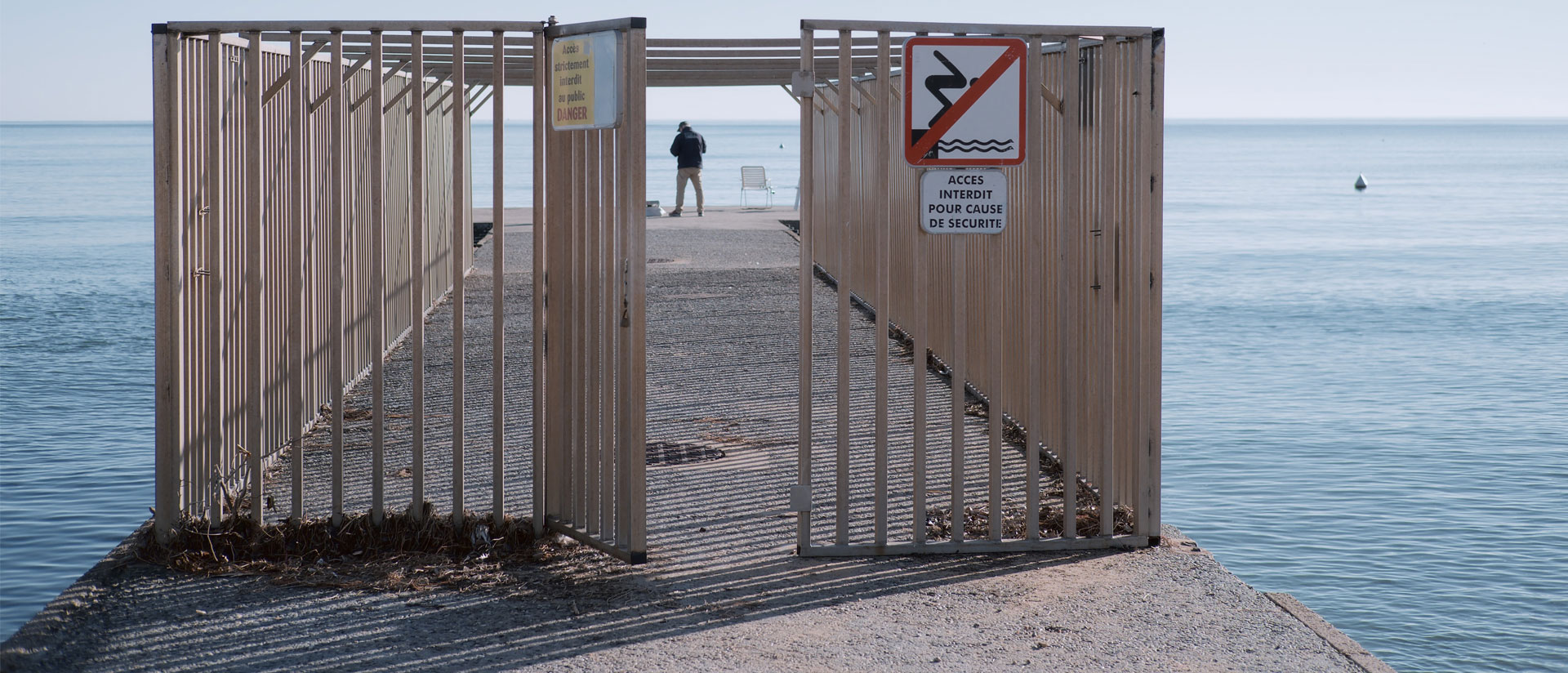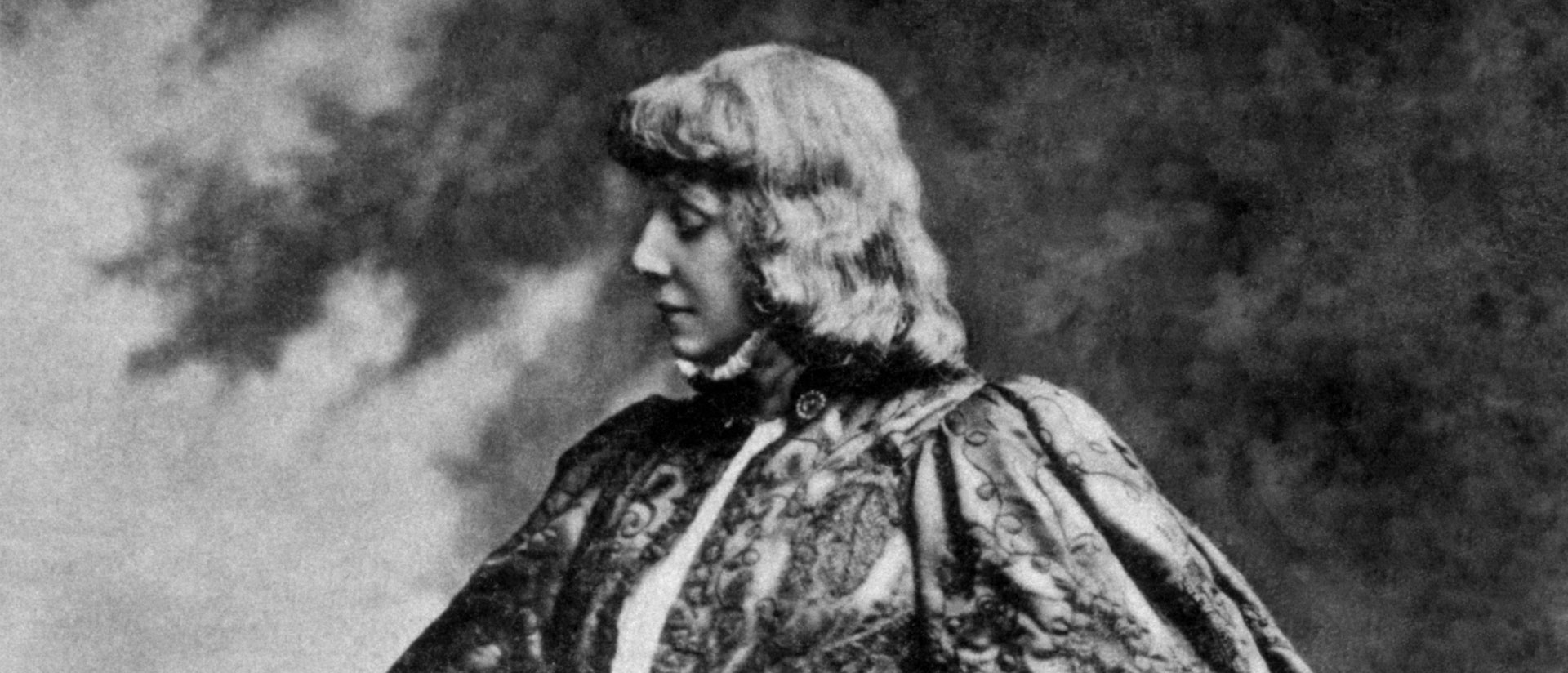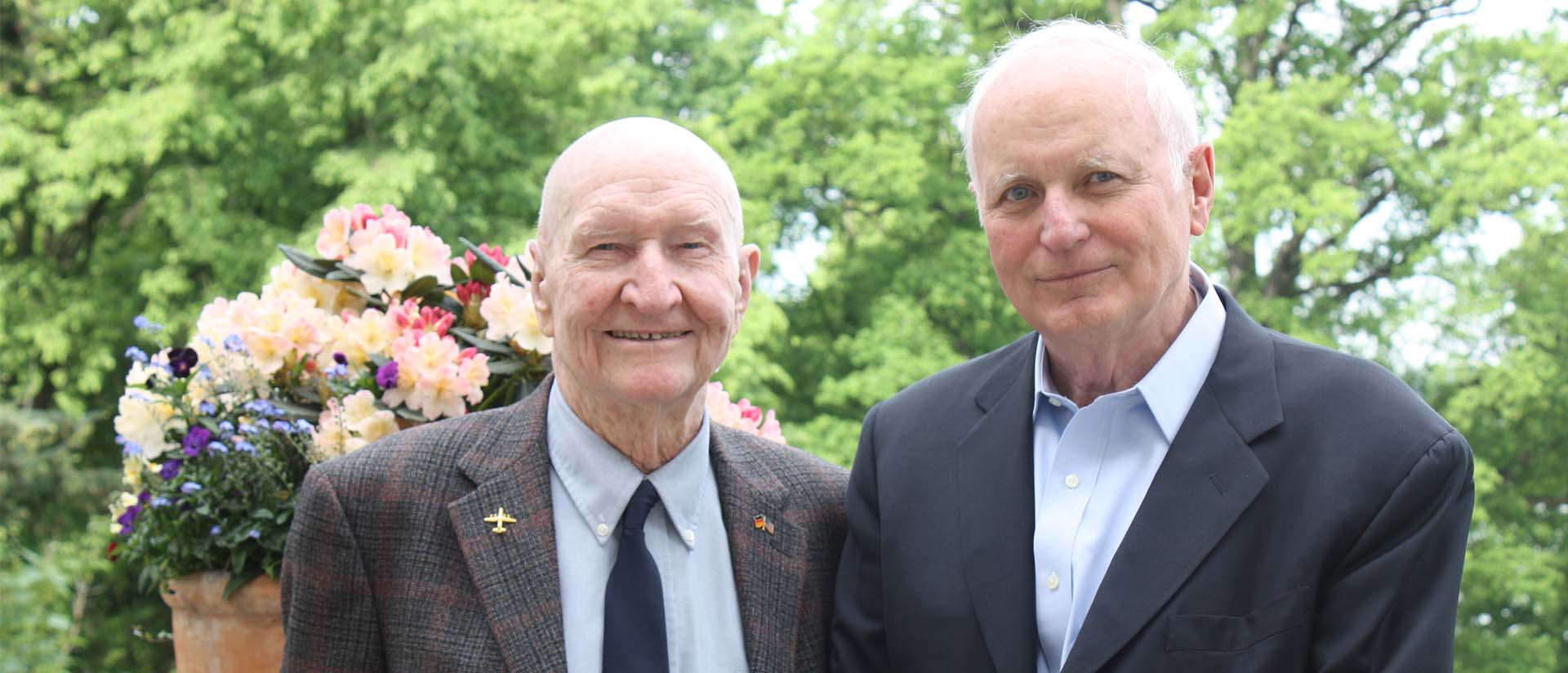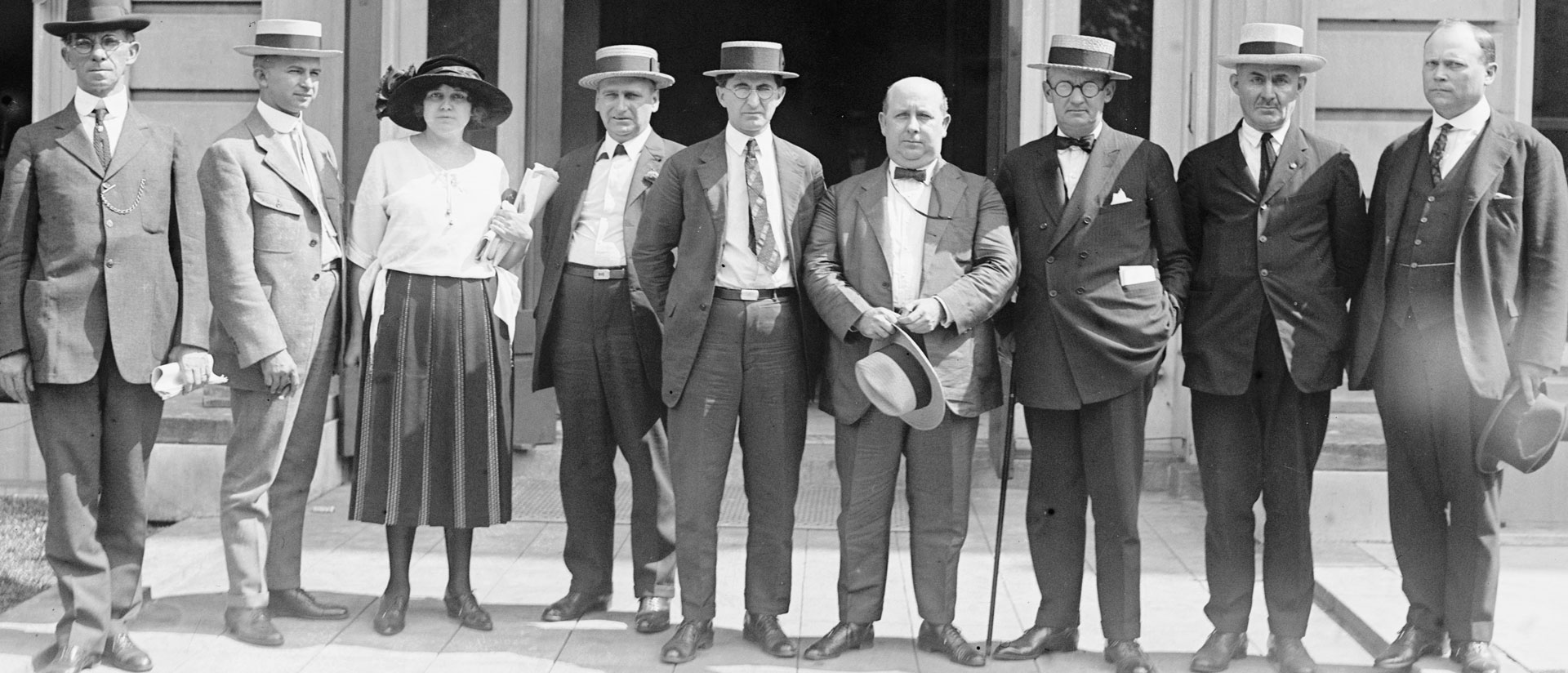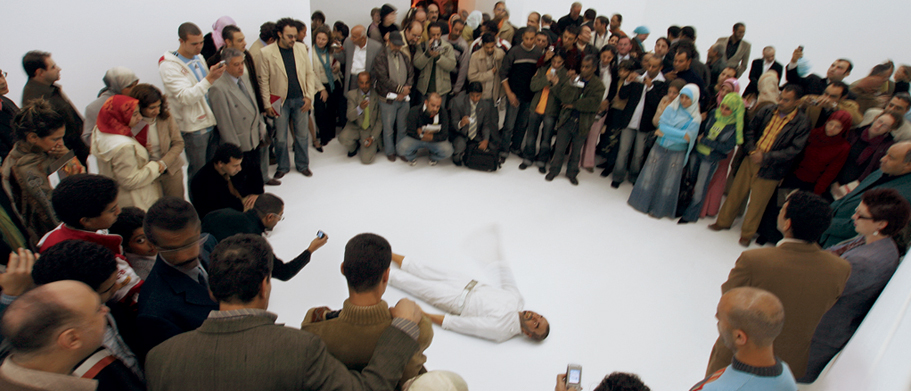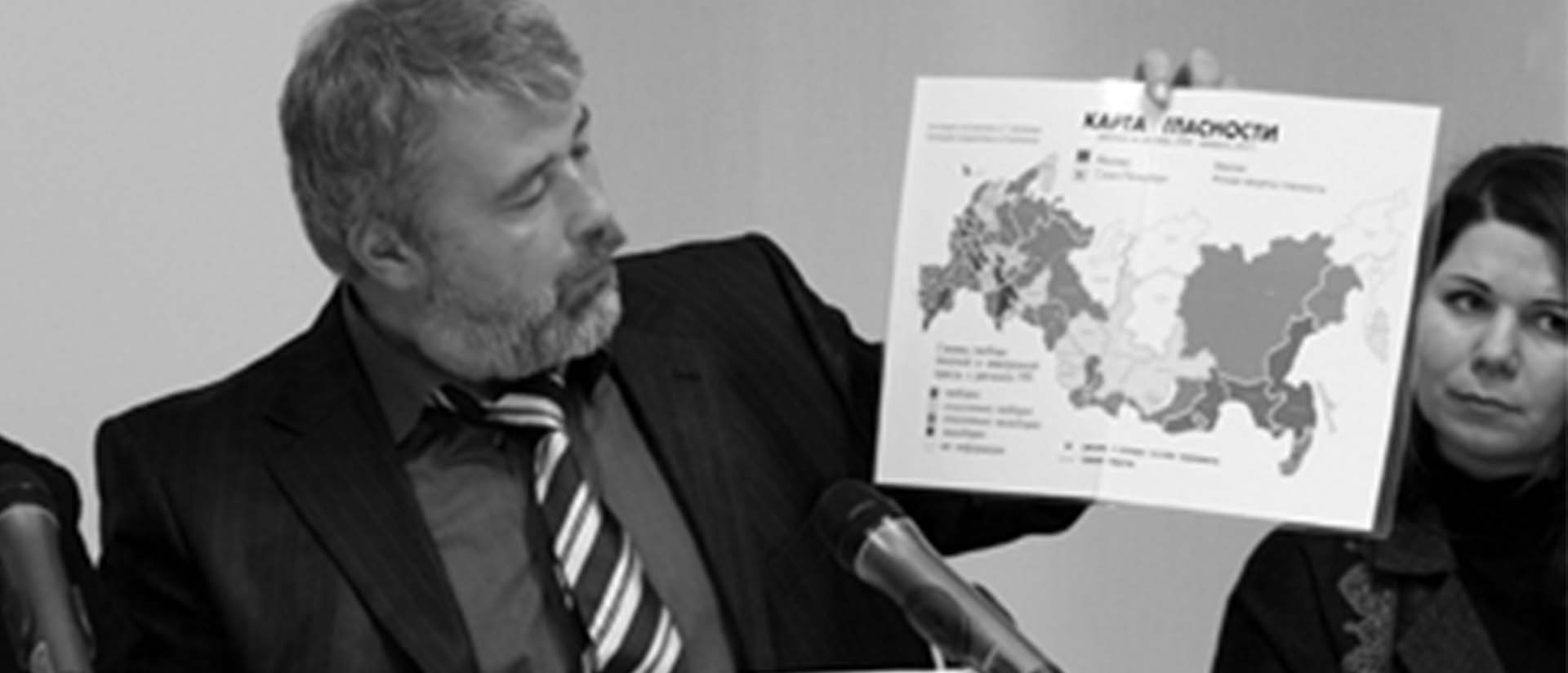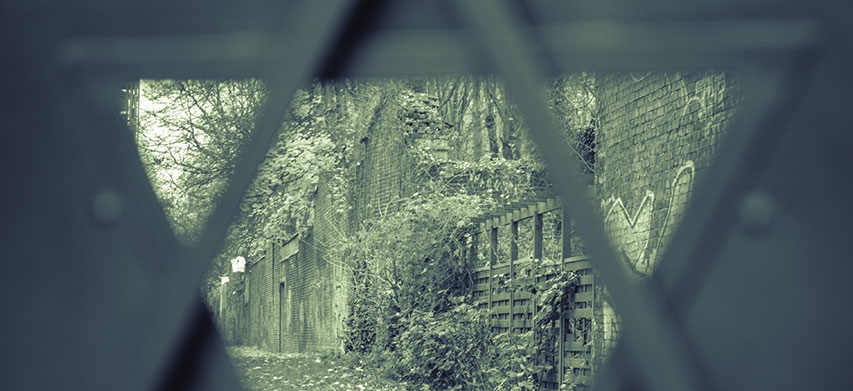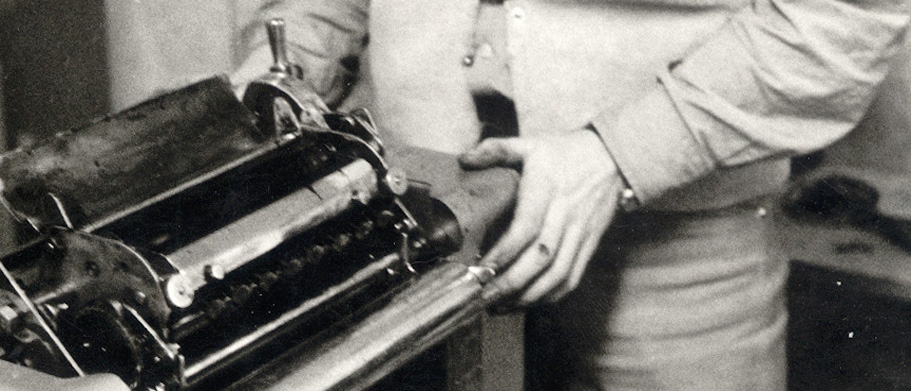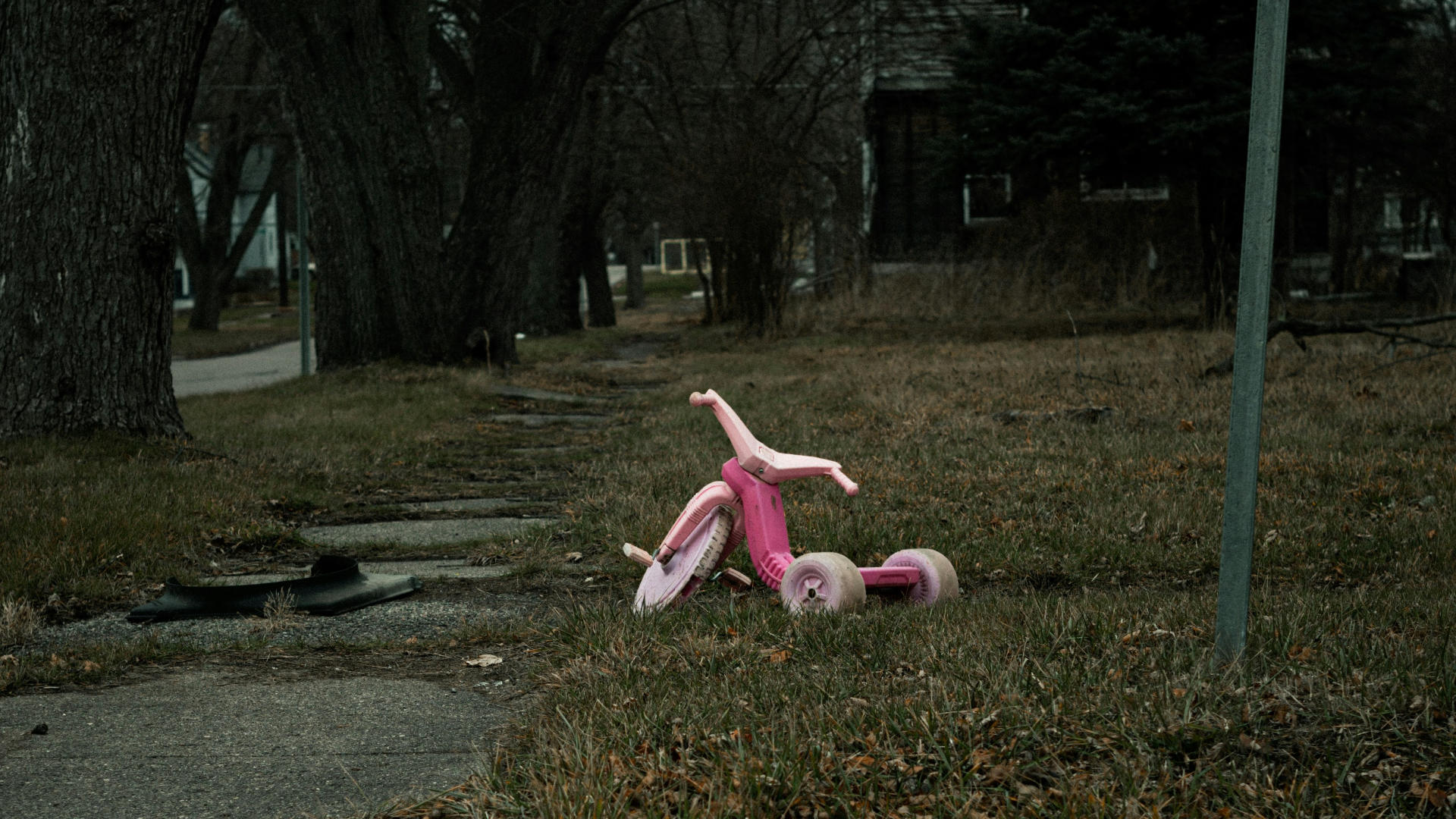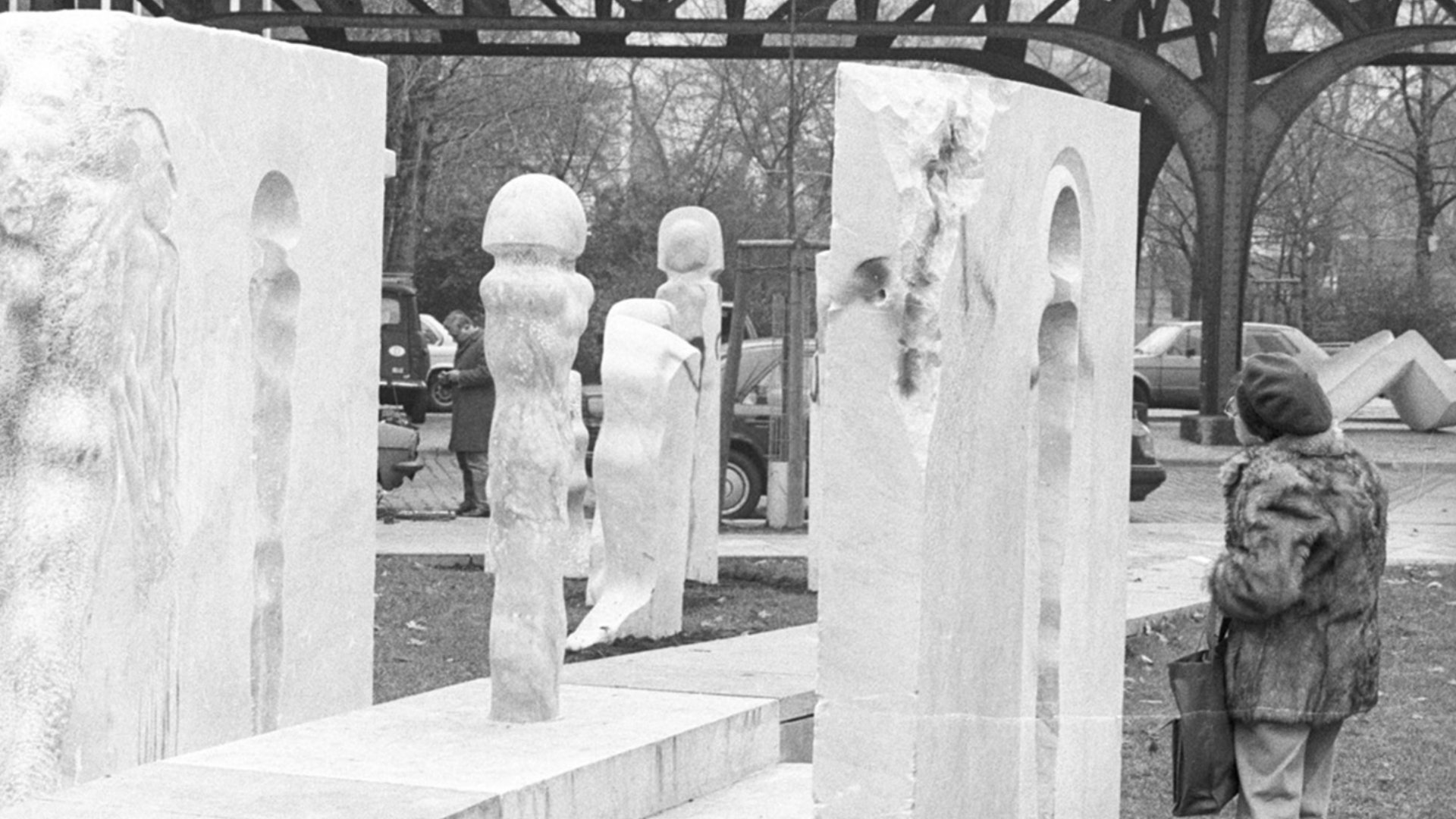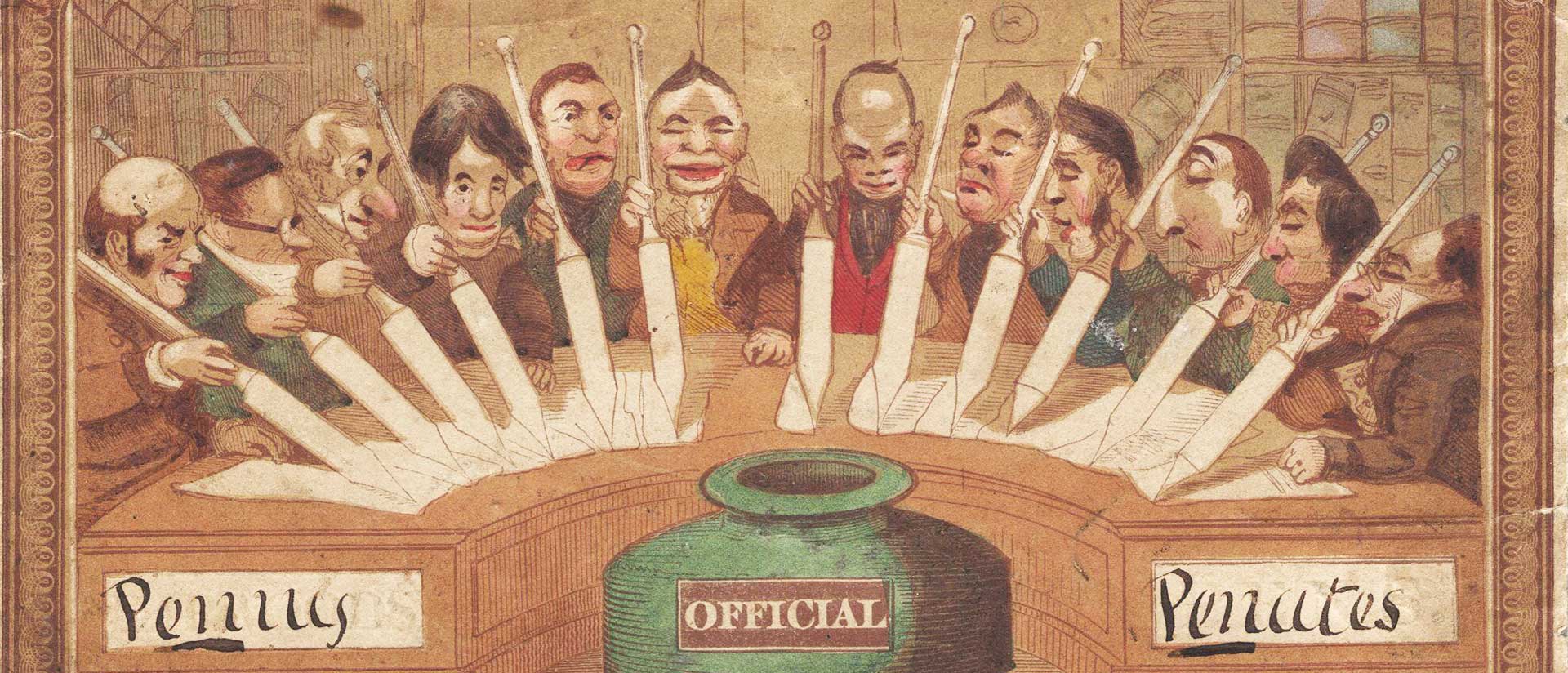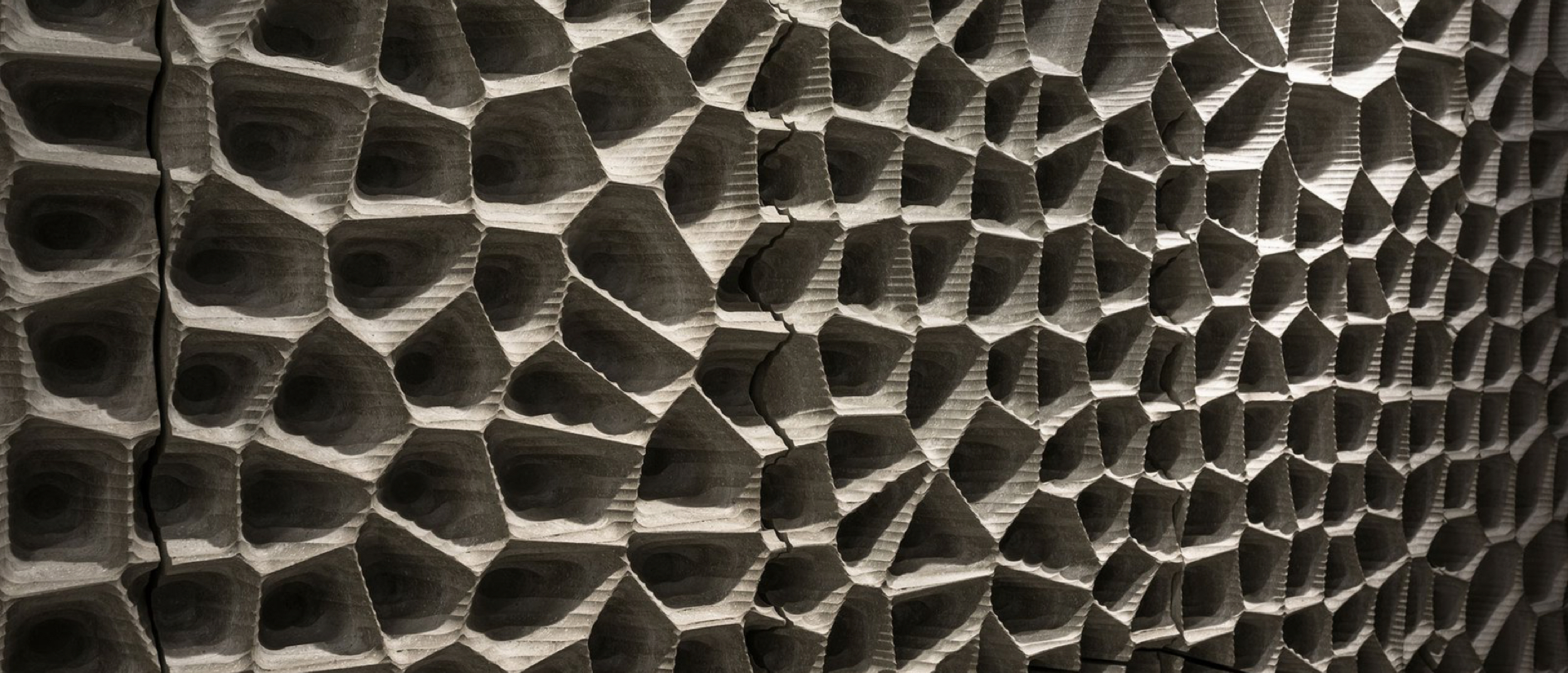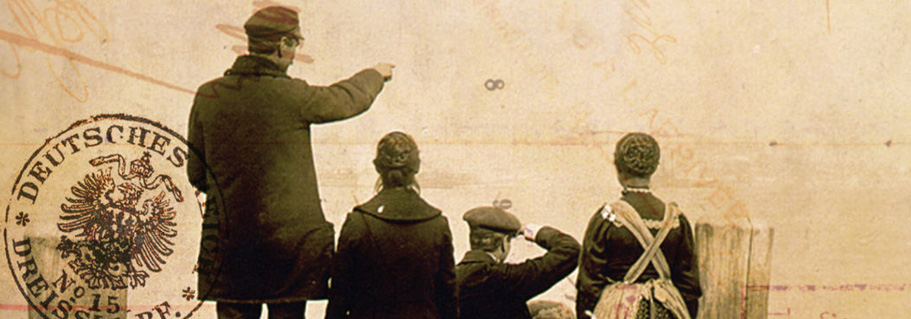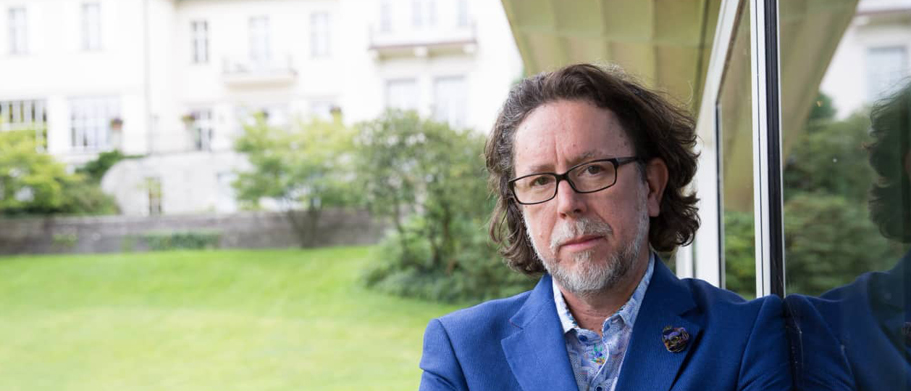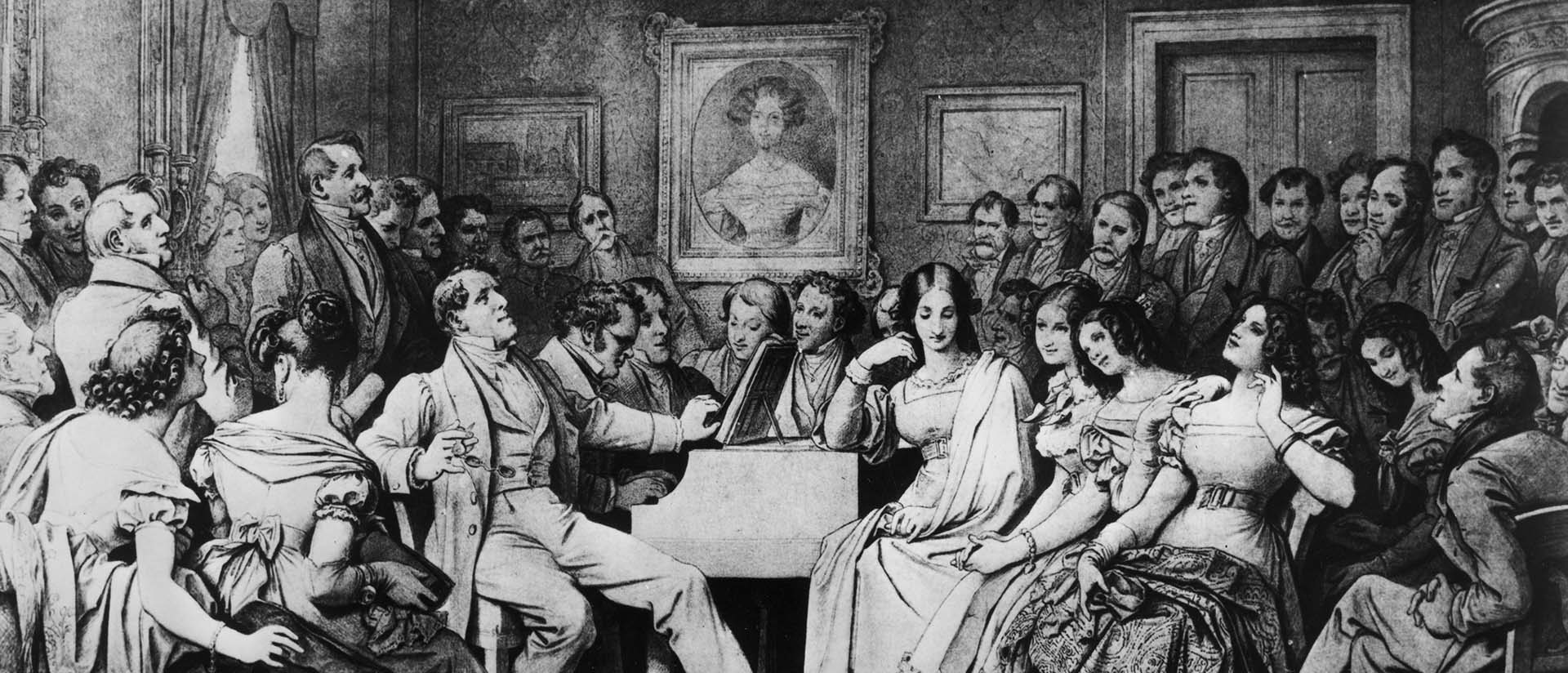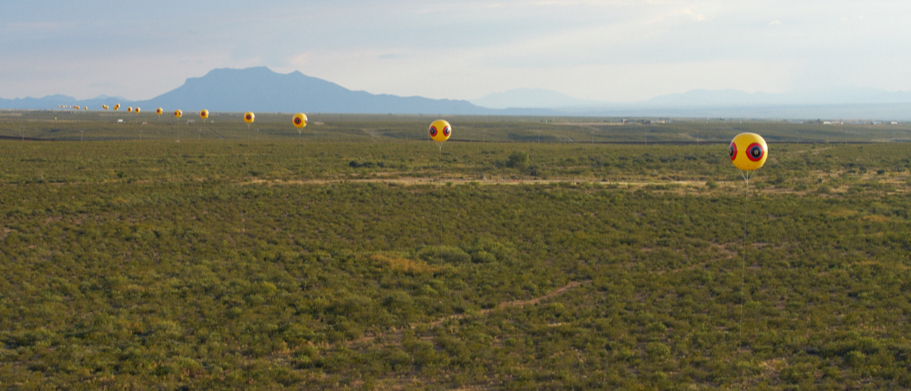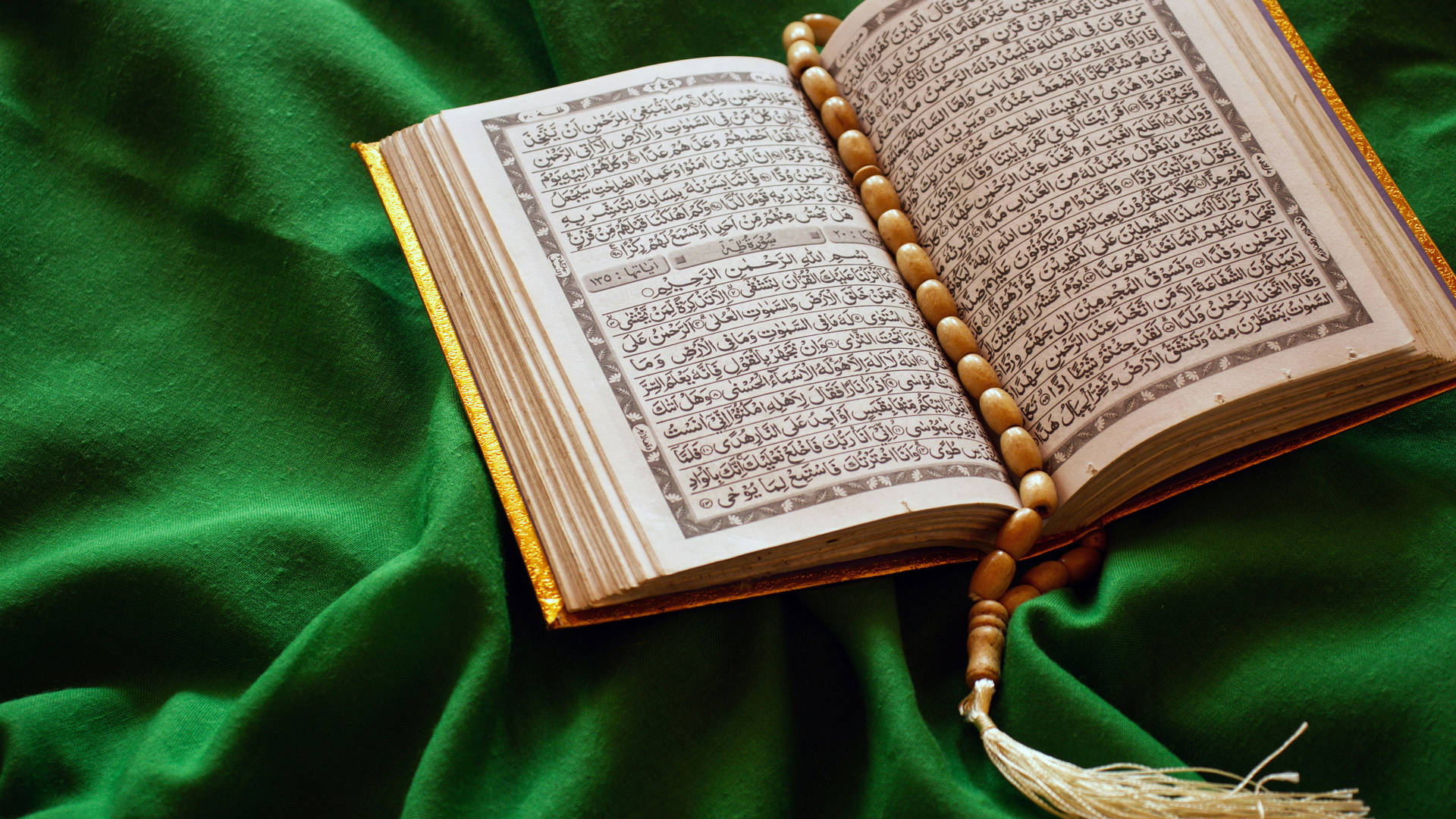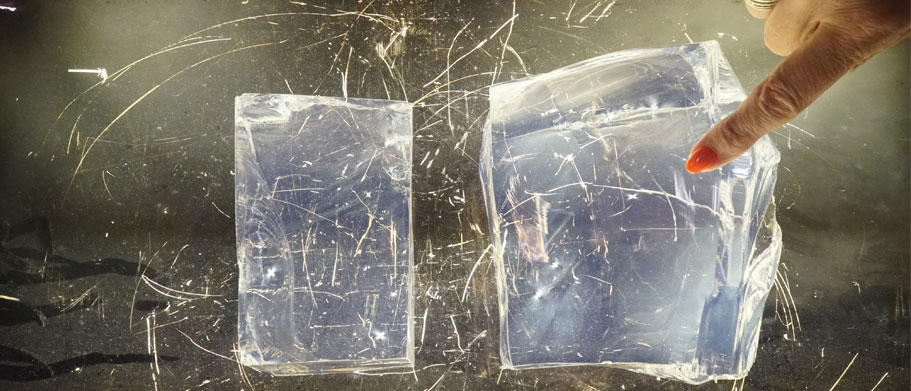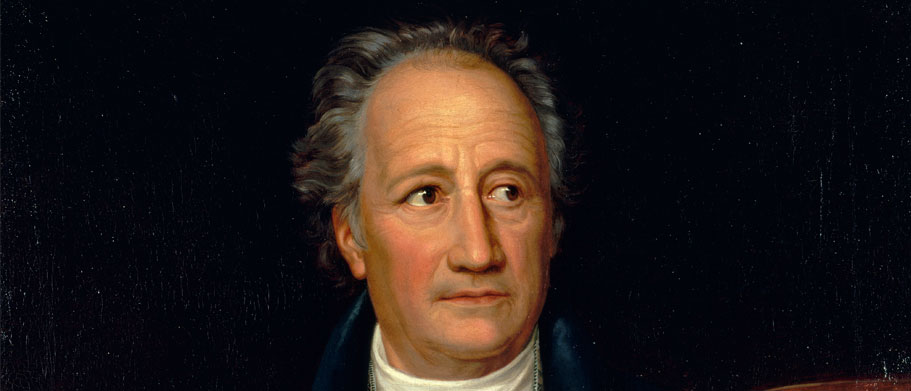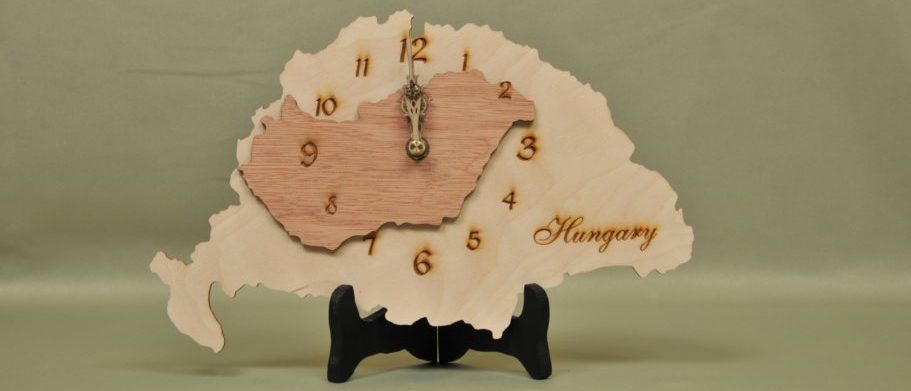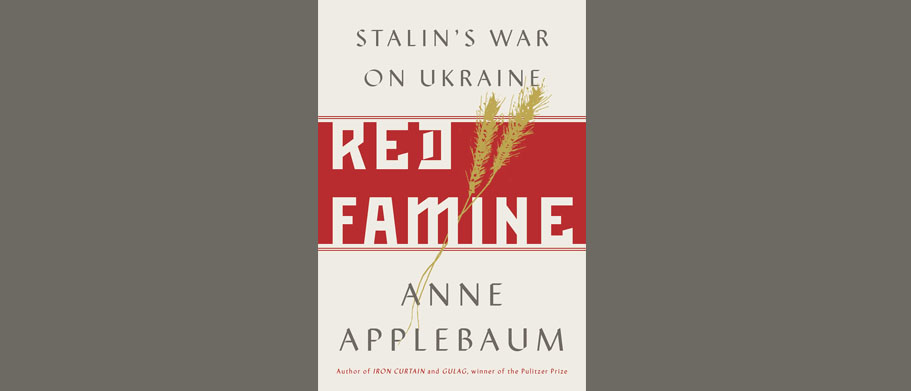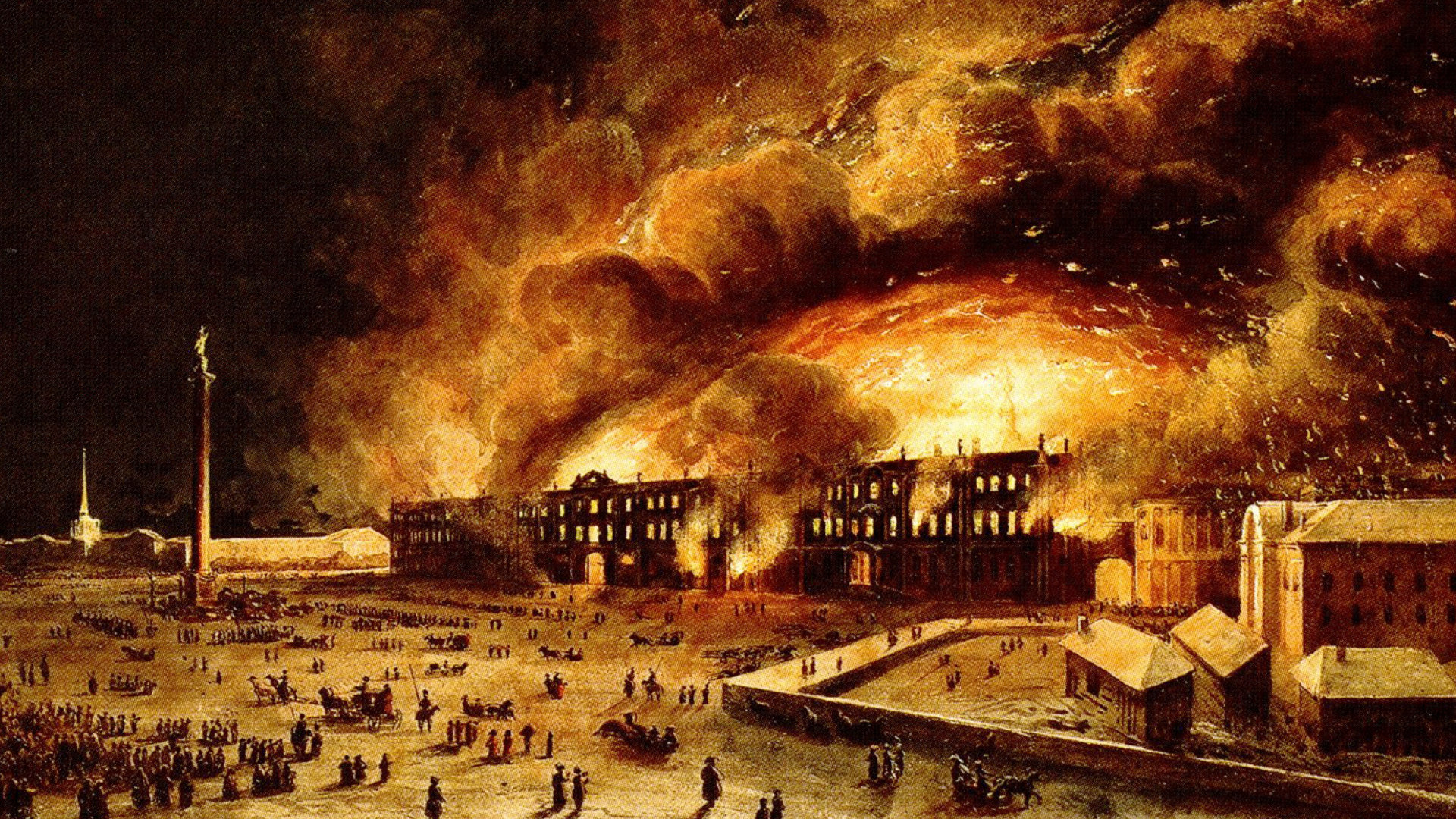
Northern Phoenix
The conflagration of the Winter Palace, 1837
by Paul W. Werth
I don’t know about other people, but if I owned one of the world’s grandest palaces, and if that palace suddenly burned down, and if on top of that I had unlimited power (I realize that this is all rather unlikely), then I would definitely rebuild that palace immediately. And it turns out that I am not alone, for this is exactly what Russian Emperor Nicholas I resolved to do after one of Russia’s most spectacular fires, which broke out at the Winter Palace on December 17, 1837, and burned itself out thirty hours later.
The conflagration was a stunning spectacle. As an eyewitness recounted, “The entire palace, from one end to the other, appeared as a blazing sea of flame, a massive bonfire drawing every- thing into its gradual incidence.” It was also a powerfully public event. It was visible from as far away as seventy kilometers, and, as the Northern Bee reported, “People from all corners of the city gathered in thick crowds on adjoining areas and on the Neva River and in speechless sorrow beheld the destructive effects of the flames.” All that was left standing was the hulking skeleton of what had been among the greatest palaces in the world. An unknown number had perished, many in desperate attempts to save articles from the fire and to prevent its transmission to the adjoining Hermitage, which housed the tsars’ extensive art collection. Thus for the imperial family—and for all those in Russia who identified with it in one way or another—the year 1837 ended on a sour note, with the autocracy’s principal symbol in utter ruins. As one of Nicholas’s close servitors, Alexei Orlov, wrote in late December, “The expiring year has parted with us in a most grievous fashion.”
How exactly did the conflagration unfold? A smell of smoke had been detectable in and around the Field Marshals’ Hall as early as two days before the fire emerged in full force, but efforts to identify its source had been unsuccessful. By the evening of December 17, the smell of smoke had reappeared and become stronger, and even as no flame was visible it became difficult even to see across the hall When firemen began to break up the parquet floor around a suspicious stove vent, a false-mirror door into the next corridor came crashing down, and bright flame emerged from the opening. The emperor, at the theatre that evening, quickly returned to the palace when informed of the situation. After dispatching his children to the Anichkov Palace for safety, Nicholas made an inspection and unwisely ordered the windows of the Field Marshals’ Hall to be broken so as to clear away the smoke. A strong wind entered the room, and tongues of flame jumped forth and quickly reached the ceiling. Around 10 p.m. the windows on the second floor broke with a terrible cracking sound, and flame emerged from the edifice along with clouds of smoke. One witness on the square below recounted how up until that point things had been calm and there was no sign of the fire from outside.
A smell of smoke had been detectable in and around the Field Marshals’ Hall as early as two days before the fire emerged in full force, but efforts to identify its source had been unsuccessful.
But then: “Suddenly, as if by someone’s command or by an act of sorcery [. . .] the glass fell out of the palace’s windows, the frames fell burning to the square, the blinds on the windows suddenly dropped, and at that moment snakes of fire began to rise up. And at that same moment the entire palace was illuminated from within.” That sudden transformation of the palace from darkness into flame caused everyone on the square “to gasp in one voice simultaneously.” A “frightful mass” of smoke poured out from within the palace.
Many factors converged to facilitate the fire’s dramatic spread. Originally completed when the science of fire prevention was still young, the palace contained much that was combustible and little to prevent a fire’s movement. Existing firewalls included apertures, and there were no firewalls at all in the palace’s attics, which thus opened a pathway for the fire to spread easily across the building. Ceiling and roof constructions— densely packed rafters, beams, and footbridges—were all made of wood, representing plentiful food for the fire. The palace’s attics, wrote one commentator who had grown up in the palace, featured “forests of immense trees, standing more closely packed than masts of a numberless and compressed fleet at harbor.” Once the fire arrived here, nothing could extinguish it. Although the palace had its own fire brigade and there were reservoirs of water under the roof, the pumps mal- functioned, and the fire continued its march across ceilings and down walls. The pumps of the city fire department meanwhile proved insufficient to cast streams of water to the upper parts of the building, where the fire was most intense. To top matters off, the evening featured a piercing wind that fanned the flames energetically.
By all accounts the fire was stunning in magnitude. George Mifflin Dallas, the US minister to Russia at the time, reported on the evening of December 18 that the palace was still “blazing in every direction with almost unabated fury. As a spectacle, it is more grand and imposing than any exhibition I ever beheld.” The poet Vasilii Zhukovskii confirmed: “The spectacle, according to eyewitnesses, was indescribable: a volcano had erupted in the center of Petersburg.” In such a phenomenon “there was something inexpressible: in its very destruction it was as if the palace, with all its windows, columns, and statues, was being engraved as a black mass on a bright, palpitating flame.” Another witness, guardsman D. G. Kolokoltsov, noted that everyone on the palace square was bathed in the color of flame, while only the palace’s stone walls provided shade. The palace’s window openings became “immense gates through which that thick smoke poured out and was spread into the air by the raging wind.” Appearing out of the smoke above the palace’s roof was “a black cloud, indeed a storm cloud, which was illuminated by an immense glow in the sky.” Another witness recounted, “The sky changed in appearance by the minute; violet, then black, then scarlet clouds flew out from the furnace. [. . .] The fire lashed out from the windows, flowed along the pillars in cascades, beat like fountains, and ran along the cornices, eagerly seeking out forgotten fuel.” The composer Mikhail Glinka, giving a night-time singing lesson at the time, recounted that the fire illuminated his apartment enough that he could read by its light.
The spectacle, according to eyewitnesses, was indescribable: a volcano had erupted in the center of Petersburg.
Quickly it became clear that the palace itself could not be saved; one could only hope to rescue its most valuable possessions and above all to secure the neighboring Hermitage. Nicholas instructed soldiers to focus on furniture and similar items, and to leave behind heavier articles, such as statues. “Save what you can,” he said of the empress’s quarters, “but I ask that you don’t put yourselves at risk.” Historian W. Bruce Lincoln’s 1989 biography of Nicholas notes that “crowds of soldiers with the full ardor of devoted zeal threw themselves into the burning building and spread out in various directions.” Of personal priority to Nicholas were his wife’s letters from before their marriage (“Let everything else burn up,” he supposedly said). Also of priority were military banners and portraits that decorated the Field Marshals’ Hall and the Gallery of 1812. Soldiers of the Preobrazhenskii Guard, among the first to arrive on the scene, were able to remove all of those quickly on the emperor’s command. At one point, with so many soldiers rushing up the stairways with bricks for impromptu firewalls, it became impossible for others to carry anything down, and some simply started throwing less fragile items out the window. At times anarchy reigned. Kolokoltsov described the situation inside the burning palace as “sheer chaos” and “genuine disarray,” in which “the soldiers themselves did not know what they were doing.” There was smoke everywhere, nothing was discernible, and few even knew where they were.
Objects saved from fire—furniture, dishes, marble statues, porcelain vases, crystal, paintings, clocks, chandeliers, etc.—were deposited on the Palace Square, by the Alexander column, where they mingled weirdly with the less luxurious possessions of servants, chimney sweeps, and waiters. From the collections of the palace’s silver, reportedly not a single one went missing or was even damaged. In January the empress praised the “unbelievable solicitude” underlying efforts to save the palace’s material possessions, “even the smallest items.”
As the fire claimed more of the palace, the task of saving the Hermitage acquired heightened significance. Doors and windows connecting it to the palace were hastily bricked up, and the wooden gallery between them was knocked down, leaving only iron beams between the two structures. Soldiers and fireman sat on the beams and directed water at the palace to prevent the fire’s advance; several were killed when a burst of flame from the palace knocked them to the ground. All of Millionnaia Street (leading northeast from the Palace Square) was packed with fire teams and their equipment. “A large quantity of fire hoses were working non-stop,” shooting streams of water not only into the palace, but also onto the Hermitage itself. Everyone in the vicinity was soaking wet, including the emperor and Grand Duke Michael, whose efforts were central to the Hermitage’s salvation. Its defense “was an extremely dangerous task” requiring “supernatural human strength.” But it was accomplished.
In the main, the fire had subsided by the morning of December 19, though by some accounts it continued to smolder for a week or more. In the end all that was left were the blackened walls of the palace. Zhukovskii provided some sense of the awe created by the resulting picture:
Looking at those burned out walls, behind which just a few days ago there was such magnificence and such life, and which are now so empty and gloomy, your soul involuntarily feels reverence: you don’t know whether to marvel at the grandeur of the thing that has been destroyed and yet even in ruins remains so solid; or at the might of the force that could so easily and so quickly annihilate something that seemed so permanent.
Another observer reported vividly that the building’s remnant “stood sullenly like a warrior, powerful but covered with wounds and blackened by the smoke of an unprecedented battle, with his helmet in pieces and his armor shattered.”
Such, then, was the famed Winter Palace on December 19, 1837.
Even before a commission had been formed to identify the precise causes of the fire (its conclusions were vague so as not to implicate the emperor’s own earlier judgment), reconstruction had begun. The emperor’s aggressive plan called for the palace’s restoration in just over a year so that he might celebrate Easter of 1839 in the restored edifice.
First to appear was a temporary roof to protect the salvageable walls, and architect Vasilii Stasov immediately oversaw the placement of scaffolds. So hot were the remaining walls that the scaffolds quickly dried out and periodically burst into flame, thus requiring monitors day and night. Workers constructed a tall wall around the entire construction site, while various service buildings—sheds for tools, offices for foremen and architects, kitchens for feeding work crews, ovens for firing alabaster, a field hospital, etc.—appeared within. Engineer L. M. Baranovich, who was directly involved in the restoration, reports that there were no fewer than 1,000 people on the site every day, and around 10,000 workmen labored on the project at one point or another.
The work was hard and almost continuous. The architects faced exceptional challenges given the strict deadline, and many problems demanded uncommon ingenuity. Consider, for example, that certain phases of the work had to occur at unsuitable times of the year. In order to accelerate the drying of 52 new walls and other structures inside the new palace, crews constructed ten enormous coke furnaces and twenty immense fans to blow hot air into the emerging edifice. Window openings were closed over with the goal of attaining a consistent temperature of 45 °C, which proved harmful to the workers and caused stoppages. For the most part, though, the work, once in train, did not stop. Even on July 1, the empress’s name-day (a holiday), Nicholas ordered the work to continue, though he did provide 7,500 cups of vodka for workmen to celebrate the event (his provision of 1,200 liters of the stuff on an earlier occasion demonstrated that he knew how to motivate his workers).
Certain phases of the work had to occur at unsuitable times of the year. In order to accelerate the drying of 52 new walls and other structures inside the new palace, crews constructed ten enormous coke furnaces and twenty immense fans to blow hot air into the emerging edifice.
The progress was rapid. Already by August 1838 one observer could claim (probably with exaggeration), “There is almost no trace of the calamitous fire.” By mid-October, repairs of the walls and roof were done, and the scaffolding was removed to reveal the renewed edifice to the city’s inhabitants. Because the fire had started in the Field Marshals’ Hall, Nicholas set as a goal to have that room fully restored on the first anniversary of the fire—December 17, 1838. On that same day, portions of the palace were illuminated from within, already creating the impression that the fire had never occurred. On February 2, 1839, the palace’s Small Chapel was reconsecrated, and on Easter Night (March 25–26) Nicholas formally dedicated the new palace and began residing there with his family. He and over 3,000 of his subjects attended Mass at the palace’s church on Easter Sunday. Soon, 6,000 workers received silver medals from the tsar. One side featured the inscription “I thank you,” and the other, alongside an image of the palace façade, “Zeal overcomes all.”
The 1830s in Europe were a time of uncertainty and revolution—some- thing of which the Russian Emperor was well aware. The destruction of the palace represented a potential challenge to the country’s autocracy and the social order that it sought to uphold. It was in part for this reason that Nicholas put such a premium on the palace’s rapid reconstruction and insisted that the new palace be identical (outwardly, at least) to the old—as if to negate that the catastrophe had even occurred. Today as well, few visitors to Russia’s famed State Hermitage Museum are aware that the building is not the original Winter Palace, but rather the new version, constructed in exceptional haste in 1837–39.
This essay is adapted from chapter ten of Paul W. Werth’s monograph 1837: Russia’s Quiet Revolution (Oxford University Press, 2021).
Image: Pierre Marie Joseph Vernet, Fire in the Winter Palace (1838), oil on canvas. Location: The State Hermitage Museum, St. Petersburg, Russia



